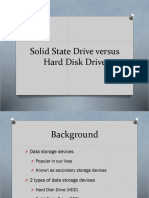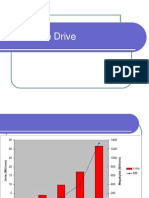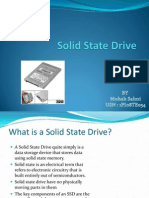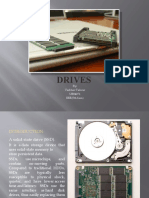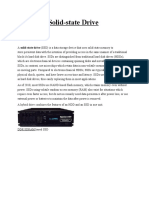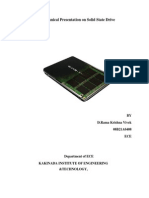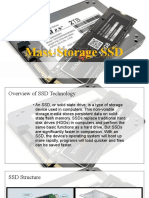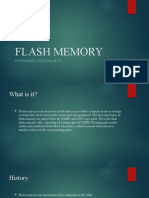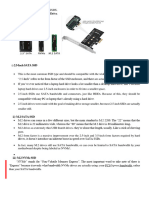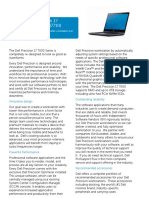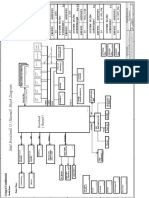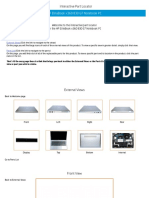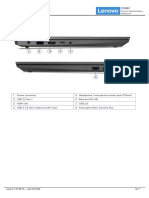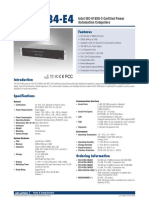0% found this document useful (0 votes)
137 views4 pagesNotes On Types of SSD
The document provides an overview of Solid State Drives (SSDs), detailing their types based on form factor, NAND flash type, and protocol. It highlights various SSD types such as 2.5-inch SATA, mSATA, M.2, U.2, and PCIe, along with their speeds and use cases. Key takeaways emphasize the speed differences between NVMe and SATA SSDs and the impact of NAND type on lifespan and cost.
Uploaded by
online schoolCopyright
© © All Rights Reserved
We take content rights seriously. If you suspect this is your content, claim it here.
Available Formats
Download as DOCX, PDF, TXT or read online on Scribd
0% found this document useful (0 votes)
137 views4 pagesNotes On Types of SSD
The document provides an overview of Solid State Drives (SSDs), detailing their types based on form factor, NAND flash type, and protocol. It highlights various SSD types such as 2.5-inch SATA, mSATA, M.2, U.2, and PCIe, along with their speeds and use cases. Key takeaways emphasize the speed differences between NVMe and SATA SSDs and the impact of NAND type on lifespan and cost.
Uploaded by
online schoolCopyright
© © All Rights Reserved
We take content rights seriously. If you suspect this is your content, claim it here.
Available Formats
Download as DOCX, PDF, TXT or read online on Scribd
/ 4


